Capture Stunning Sunrises and Sunsets
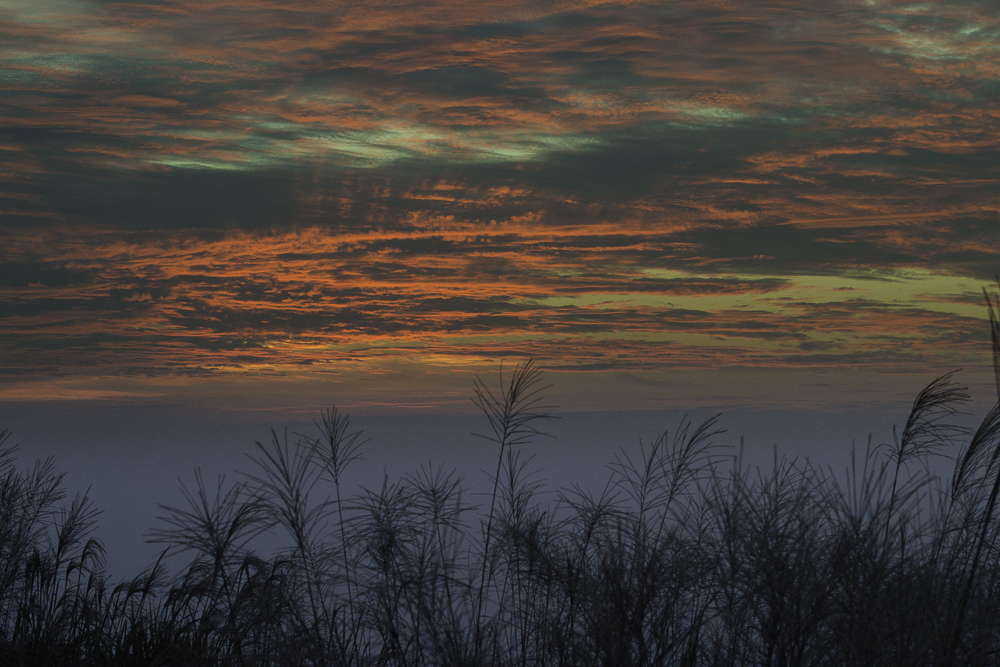
Many people love to photograph sunrises and sunsets. However, these scenes which are beautiful to the eyes may not be easy to capture owing to the inherent physical differences between the camera and the naked eyes.
The difference in Dynamic Range between the camera and the eyes is the main reason to blame. The Dynamic Range of the human eyes is much higher than that of the camera, making it difficult to capture exactly what the eyes see especially for high-contrast scenes like sunrises and sunsets.
The difference in Dynamic Range between the camera and the eyes is the main reason to blame. The Dynamic Range of the human eyes is much higher than that of the camera, making it difficult to capture exactly what the eyes see especially for high-contrast scenes like sunrises and sunsets.
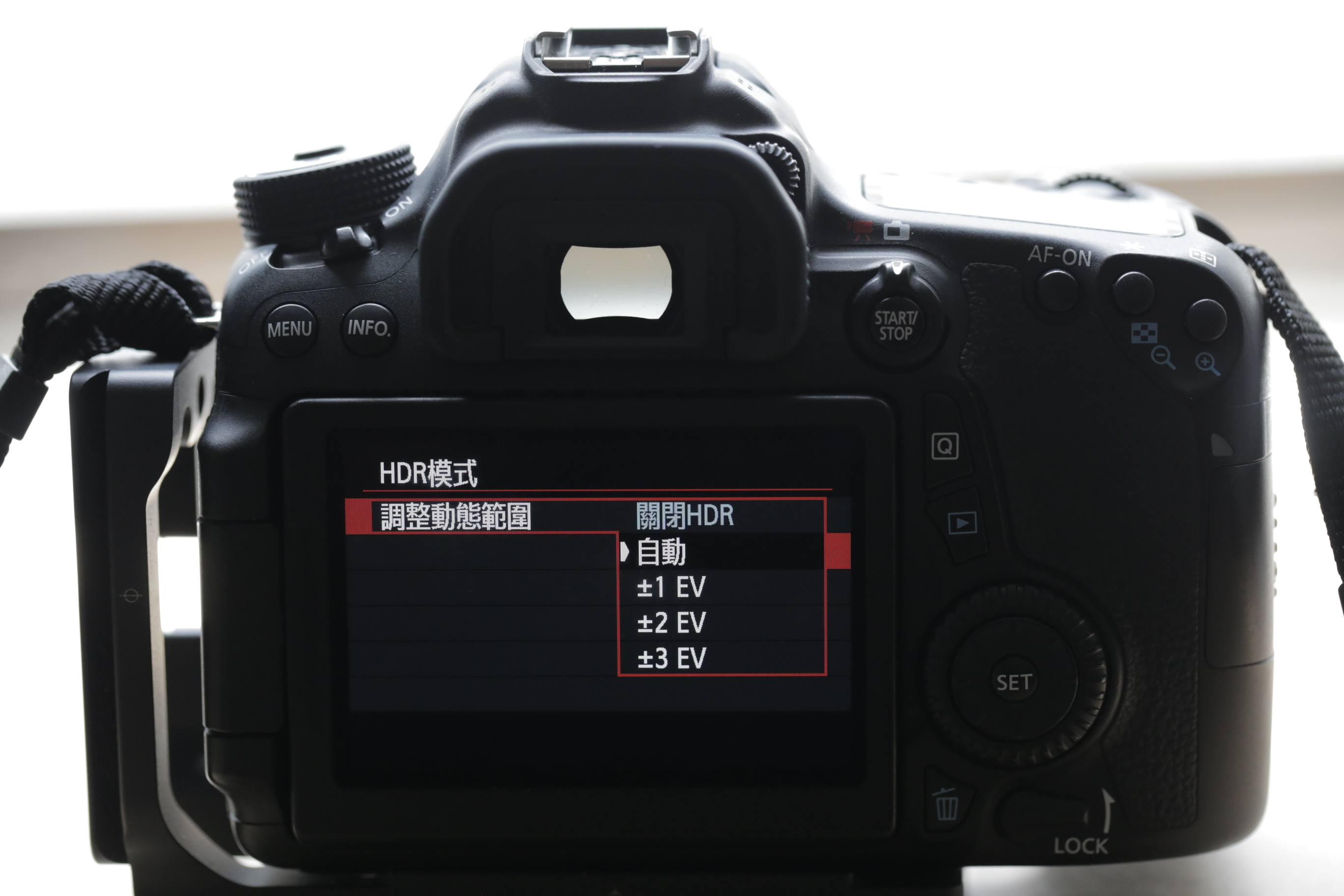
There are two solutions to this problem. The more conventional way is to apply a Graduated Neutral Density (GND) filter to reduce the lighting contrast physically. Another way is to shoot with the built-in High Dynamic Range (HDR) function found in most recent cameras and adjust to the appropriate settings and levels.
GND filter
As suggested by its name, Graduated Neutral Density (GND) filter is a filter that can reduce the amount of light gradually.
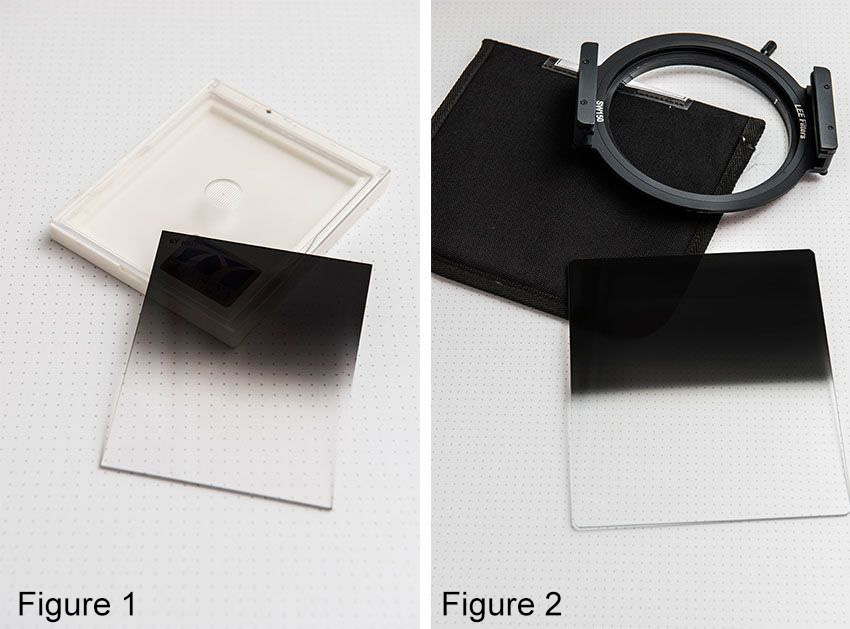
GND filters can be divided into three types including Soft Edge (figure 1), Hard Edge (figure 2) and Reverse. These three types of filters differ mainly in the transition of how light is reduced across the filter area.

For example, when a wide-angle lens is used and there are plenty of objects such as grass or boats between the sky and the ground, we can use a Soft Edge GND filter in order to achieve a more natural light reduction. If a telephoto lens is used and the sky and the ground is separated by the horizon only, a Hard Edge GND filter is preferred for more effective light reduction.
It is easy to shoot with a GND filter. Simply mount your camera on a tripod and take a photo with the foreground being optimally exposed.
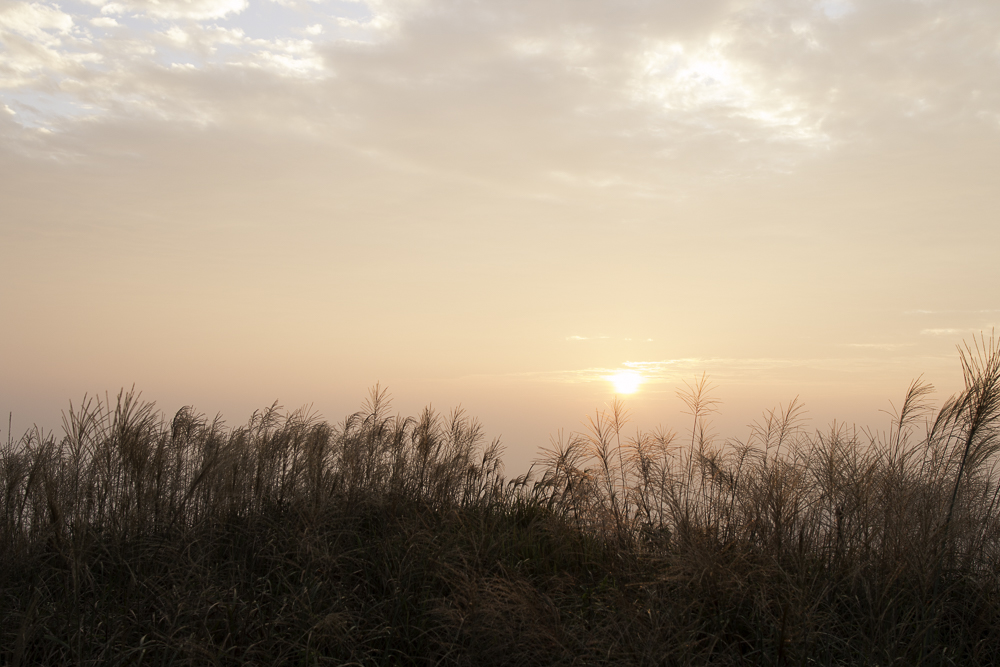
The brighter sky will look slightly over-exposed now. We can then place a GND filter in front of the lens and observe the changes in brightness in real time via the Live View mode. Position the filter in the ideal place where the highlights and shadows appear perfect and shoot. You can then achieve a stunning sunrise or sunset photo.
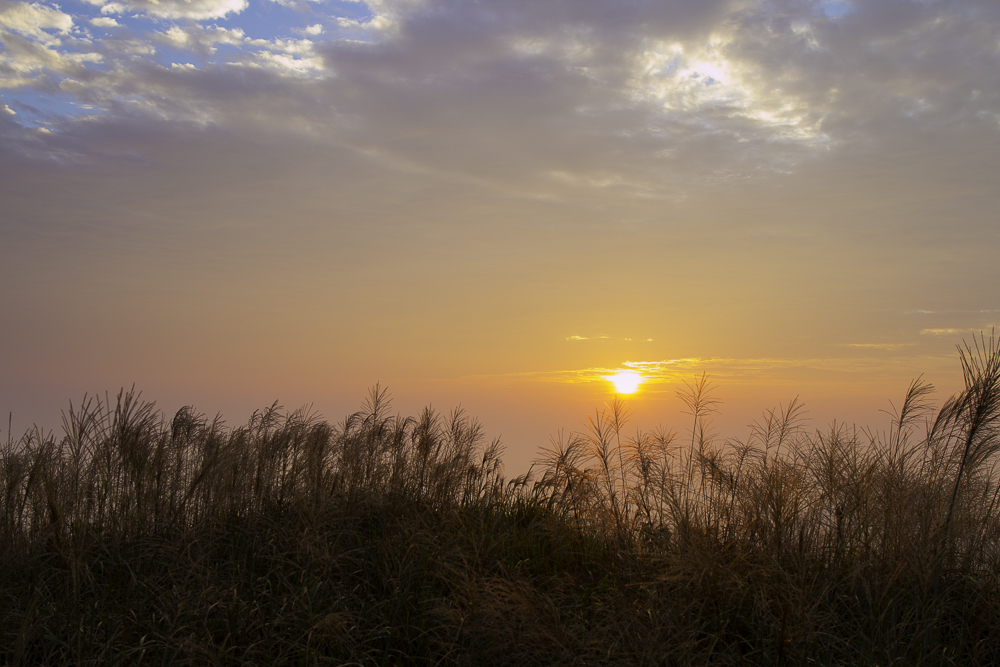
EOS 70D • f/5 • 1/125 sec • ISO 100



